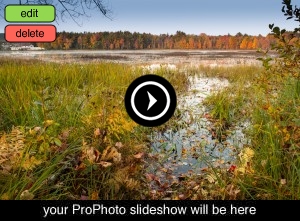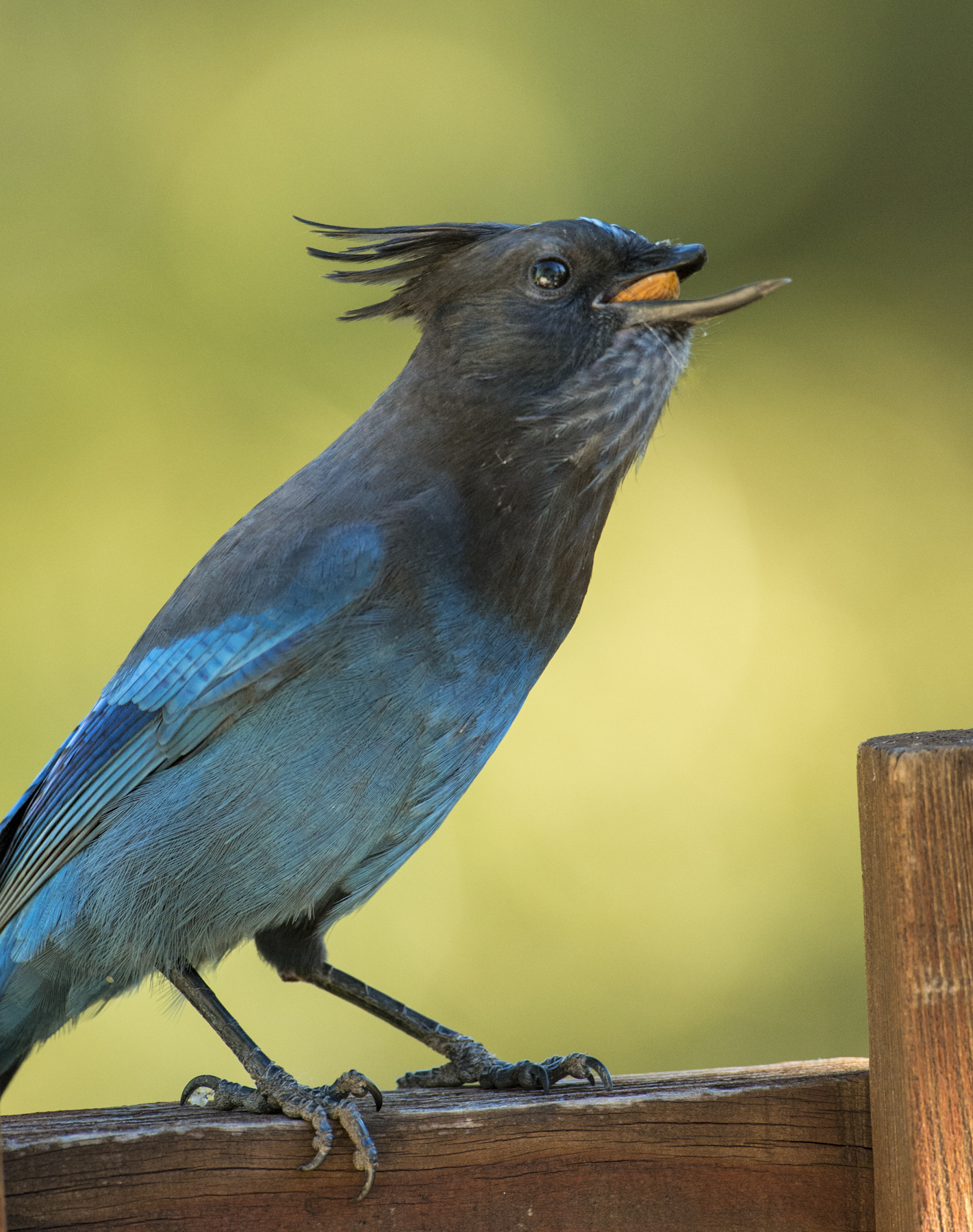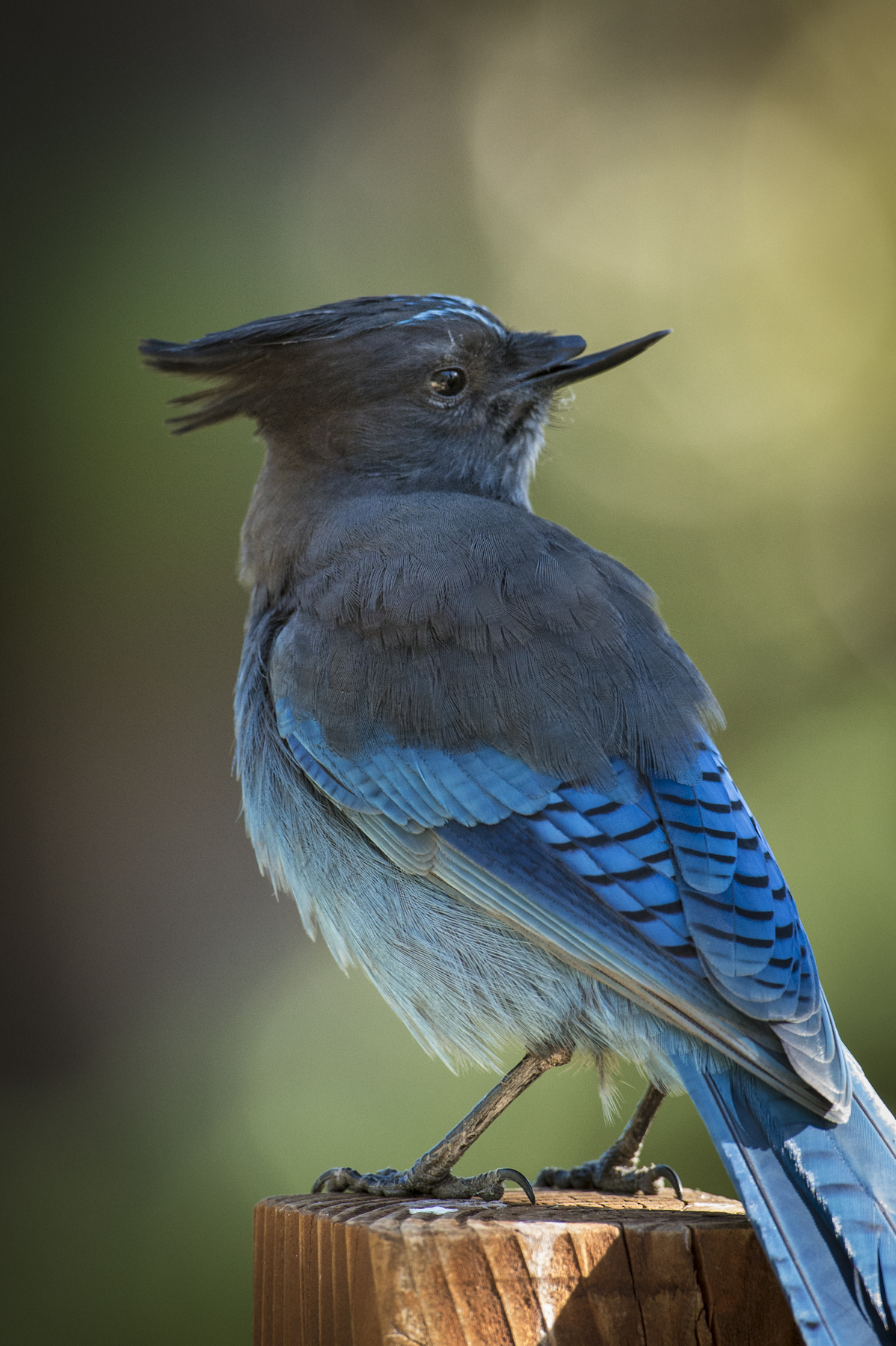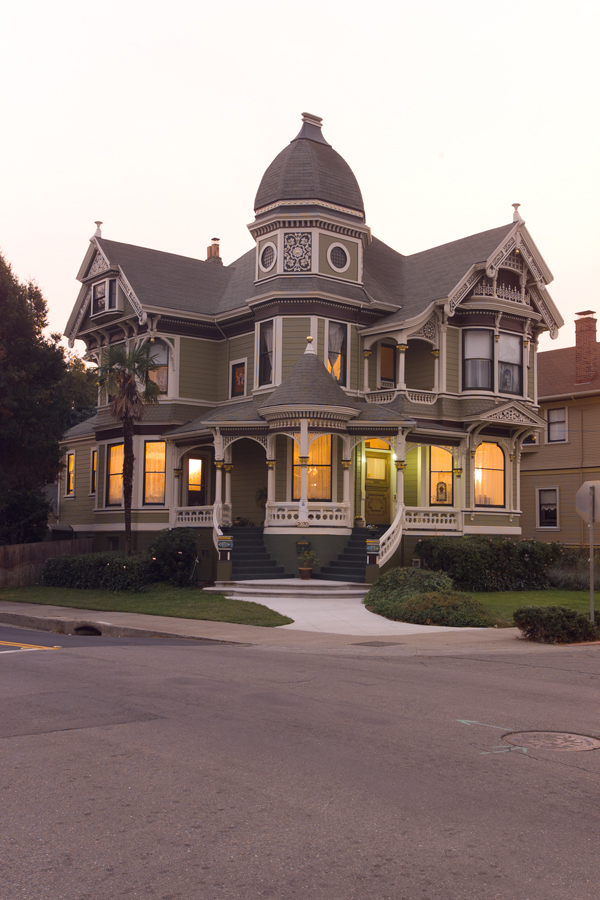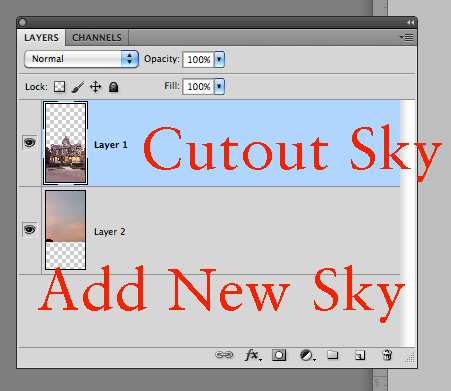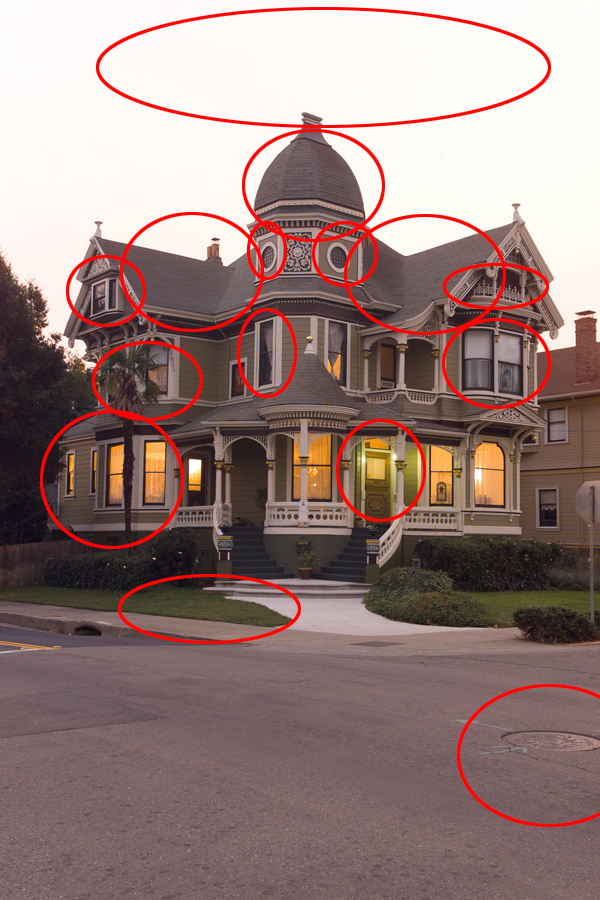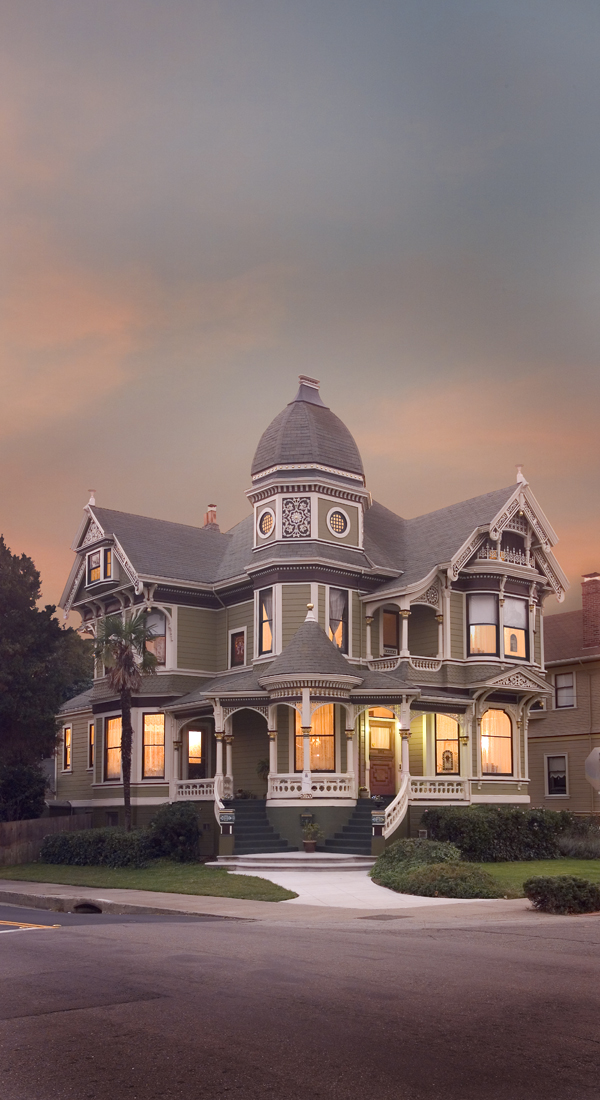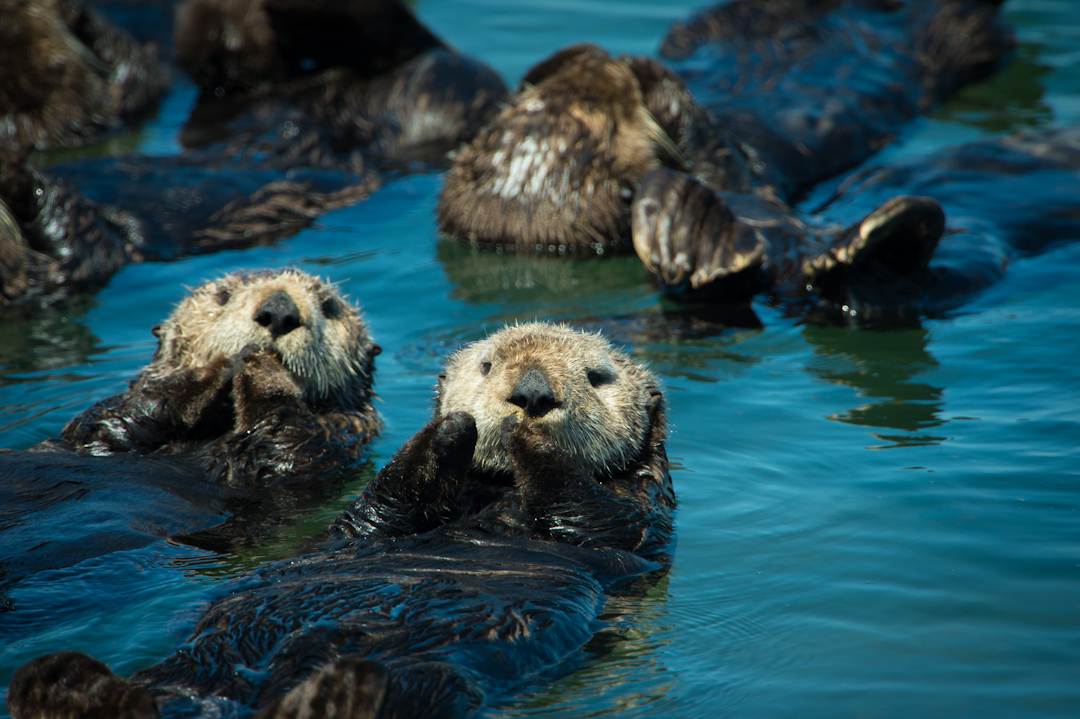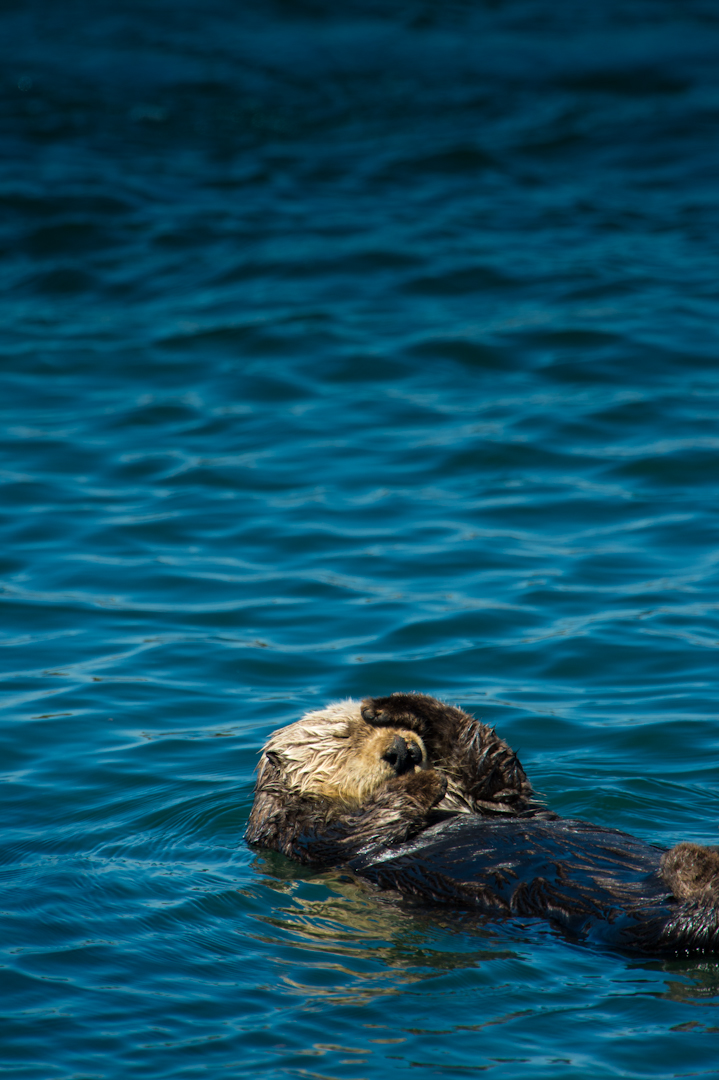Some of you are scrambling this time of year to get that photographer on your list something that is perfect for them but you don't want to spend too much, since it's their hobby, not yours. Here is a short list of suggestions that might fill that need or fill the stocking. These are not in any order but I tried to keep things down to a "gift" price point, most are under $25.
A Polarizing Filter
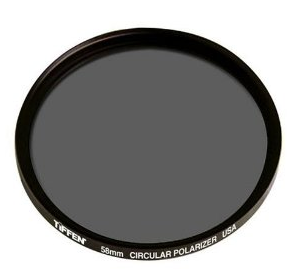
A Polarizing filter is just about the only filter every photographer should have in their bag. They are fantastic for cutting glare on lakes and windows, enhancing the greens of leaves, cutting though haze and lowering the the density of an image to get more motion in a shot when there is too MUCH light. You'll need to get the filter size of the lens they primarily use. That is stamped on the front edge of the lens. If they have several lenses, get the largest filter size, they can rest on the edge of the lenses that it doesn't fit. As with anything optical, you can spend about $20 on up to $420 - this has to do with quality of glass and size. Get them started with an inexpensive polarizer and let them see how it can improve their photography.
Bag for Digital Cards
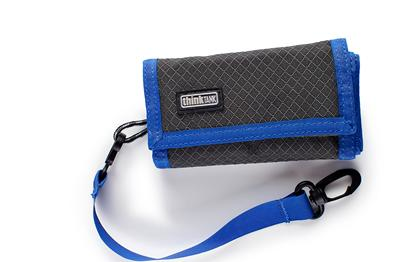
I like the Pixel Pocket Rocket available at Think Tank This company make fantastic products with tons of accessories. The Pixel Pocket Rocket is under $20 and holds up to 10 Compact Flash cards or you get a simular holder for SD cards.
Magazine Subscription

Get them a subscription to Outdoor Photographer magazine. Each month the magazine is loaded with tips and inspiration for nature and landscape shooters.
iphone App for the Sun Position
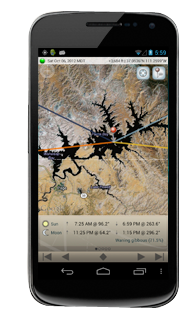
If they are a photographer and have an iPhone you have to get them the The Photographer's Ephemeris app. This is a clever app that tells you where the sun is going to come up or where it's going to set. The app uses Google Maps to pinpoint your location so they'll know which building the sun it going to come up over or which mountain top the sun will set behind. I've used it, I love it!
Bushnell Backtrack
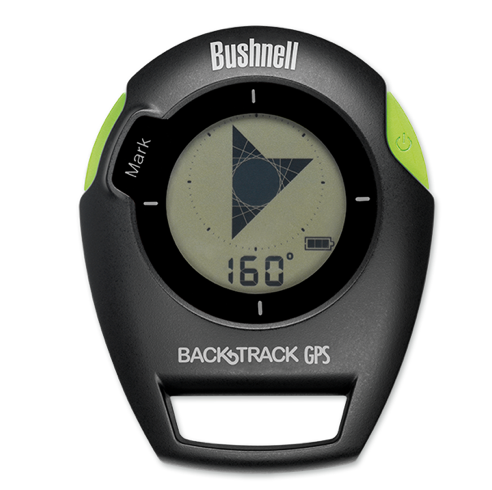
The Backtrack by Bushnell is a handy device that a photographer can use quite often. Once they get to the perfect spot, a lot of times it not the best time of day and they want to come back at sunrise. With this device, you simply mark where are and head back. The next morning, use the Backtrack to get right back where you were - even in the dark! They can also use it to simply find their car in parking lot of a crowded mall, that day after Christmas.
Camera Wrap
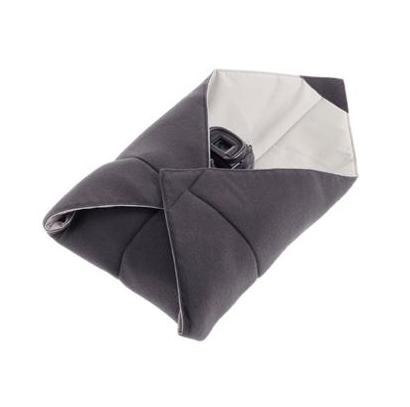
Lets say you are one of those photographers that toss their camera in their purse for a quick trip. The camera wrap can help protect that second lens or a camera body. Tenba makes a good one that is simple to use but offers some good protection. Works kind of like a diaper for your camera, wrap it up and you are ready to go!

